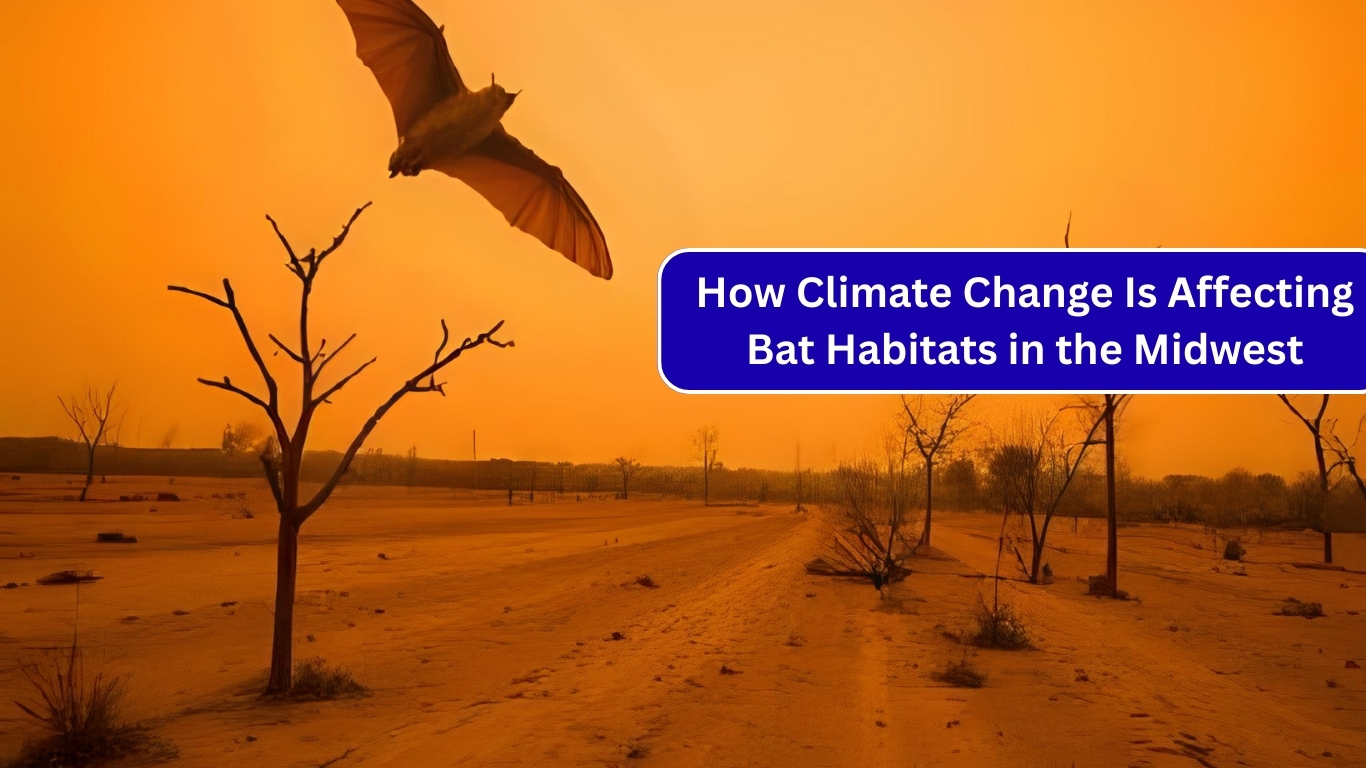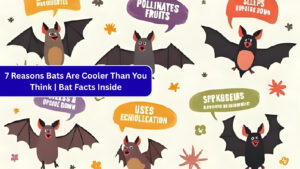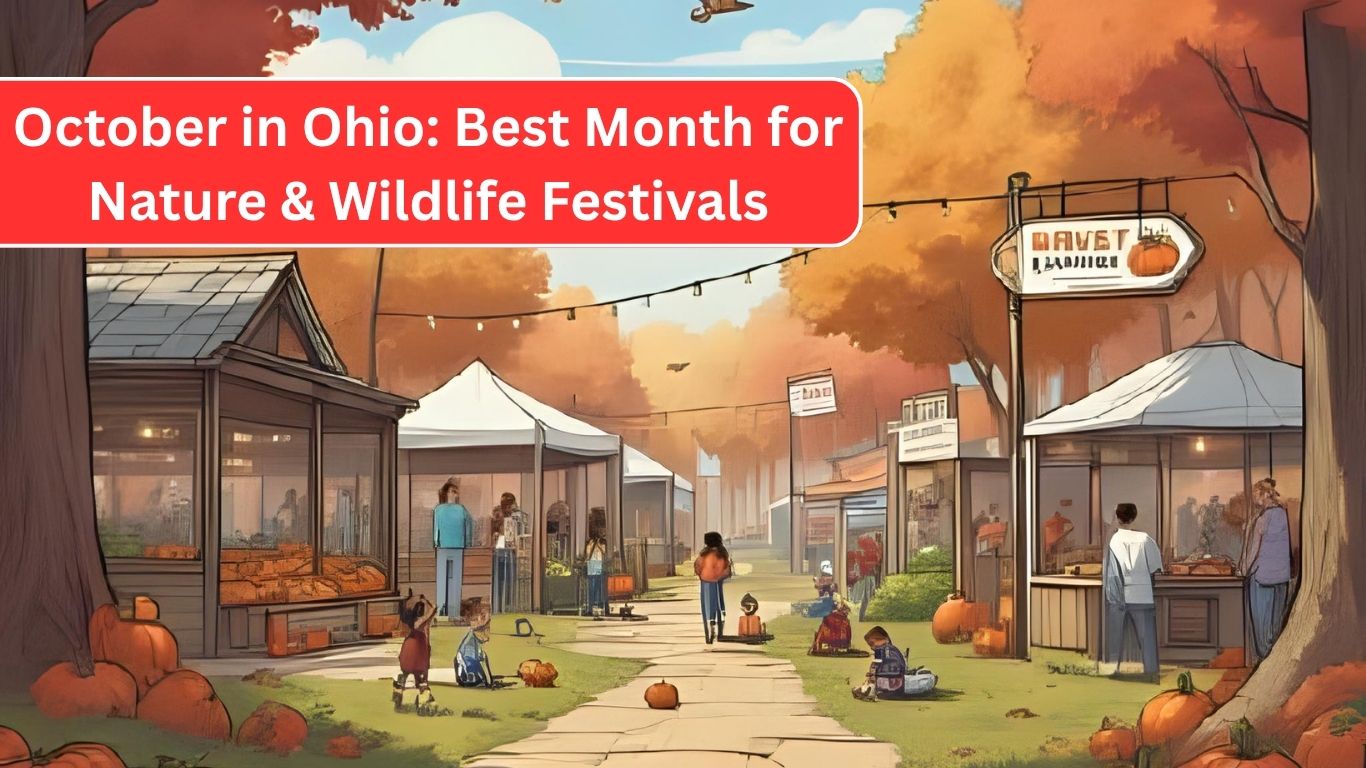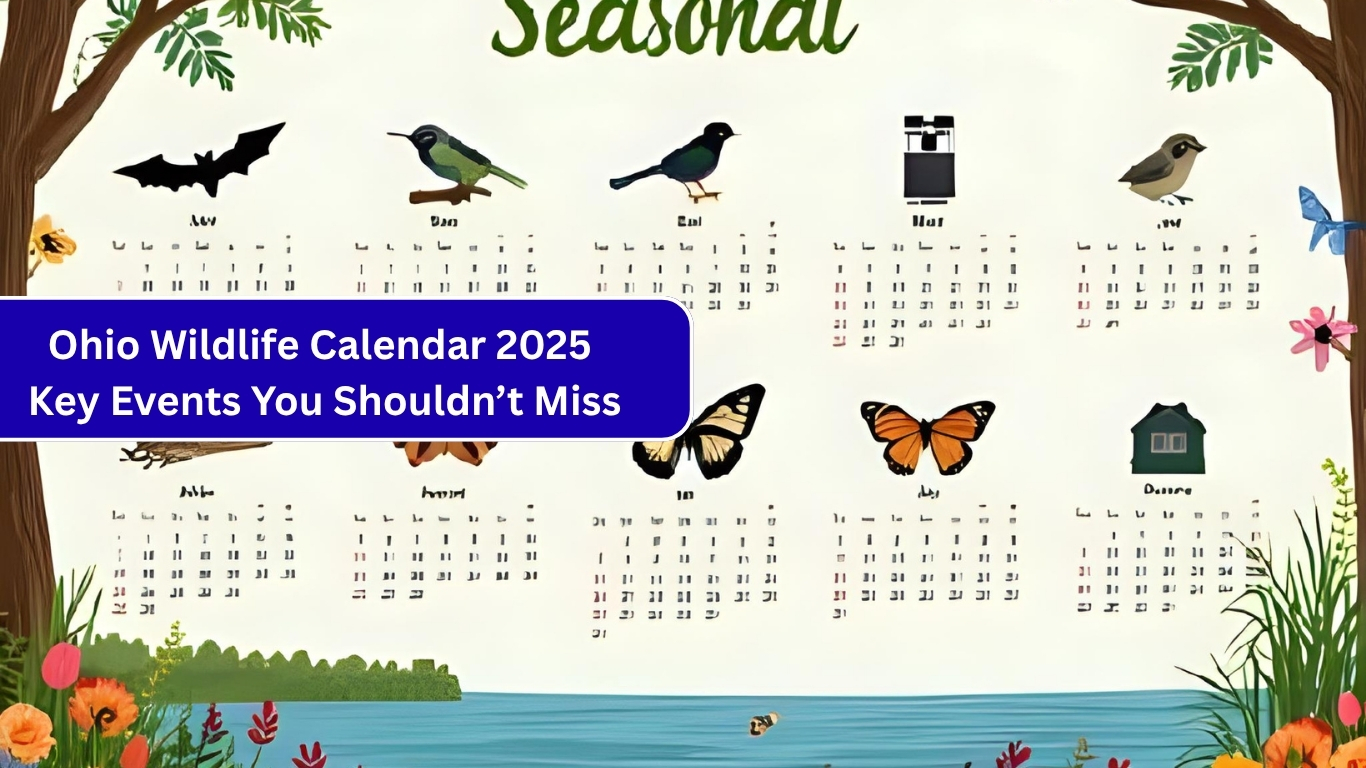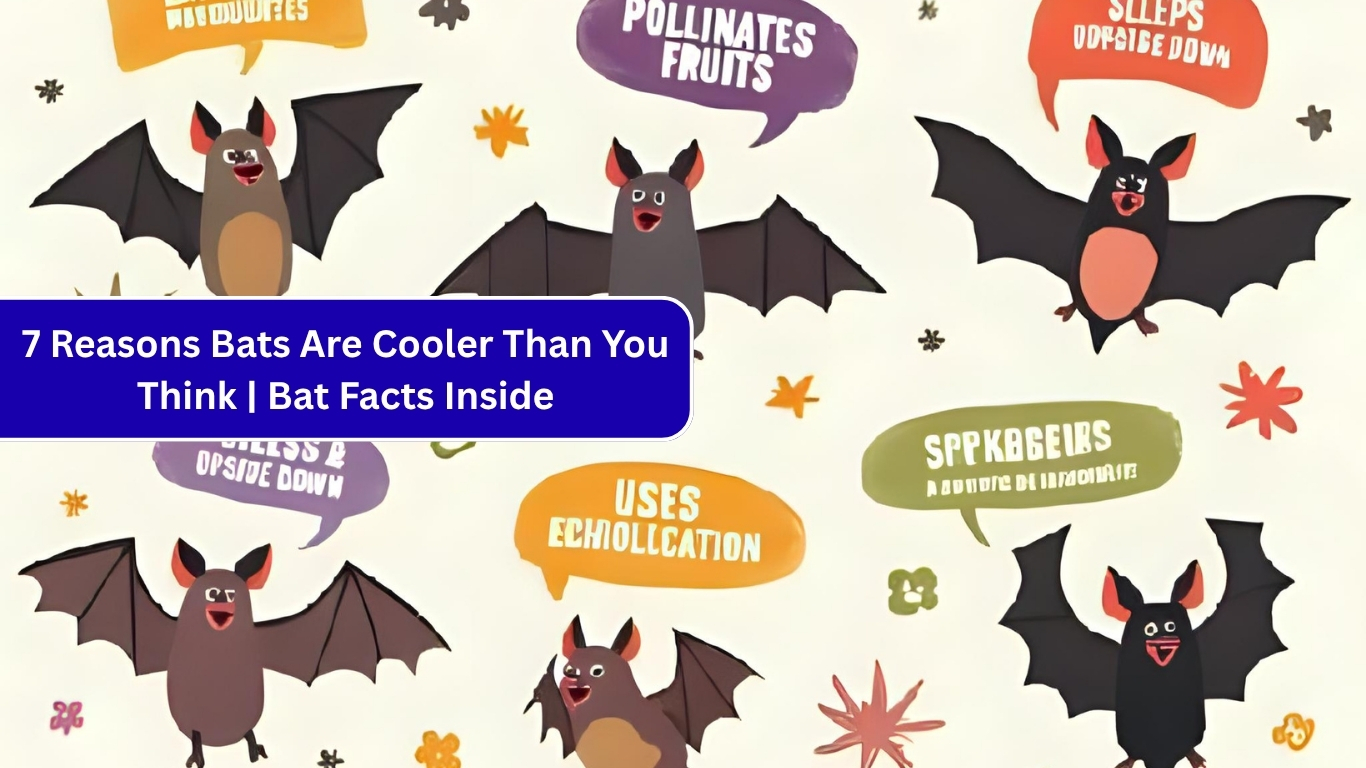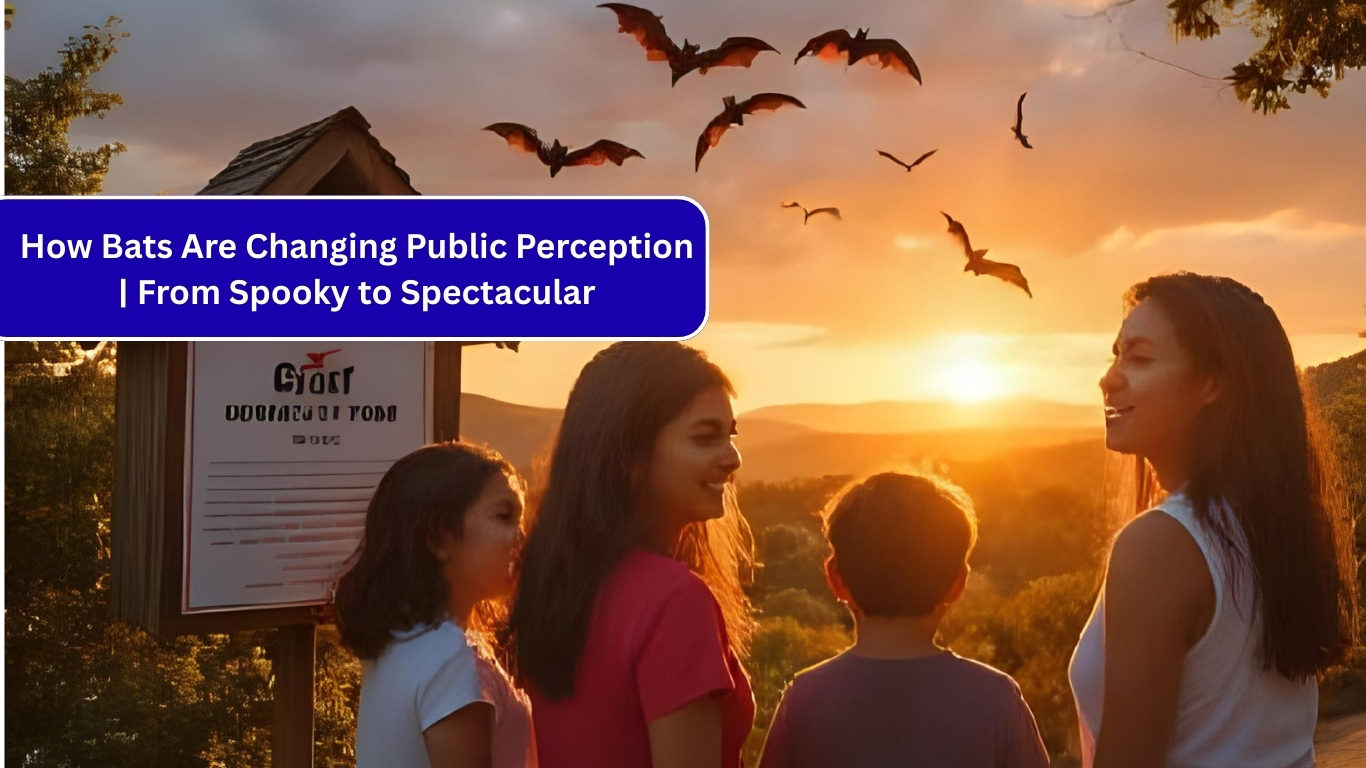The American Midwest is home to many bat species, from the Little Brown Bat to the endangered Indiana Bat. But climate change is rapidly altering the ecosystems these bats depend on. Rising temperatures, erratic weather, and habitat disruption are pushing some bat populations to the brink.
Let’s explore how climate change is affecting bat habitats in the Midwest and what it means for biodiversity.
Table of Contents
1. Shifting Migration Patterns
As seasons become unpredictable, bats are starting migration earlier or later than usual. This affects mating, hibernation cycles, and access to food.
Impact:
- Bats may arrive before insects hatch or too late for optimal feeding
- Early hibernation wake-ups can deplete fat reserves
2. Loss of Roosting Sites
Increased storms, droughts, and deforestation are destroying tree canopies and old barns—key roosting spots for bats.
Example: Tornado frequency in the Midwest has increased, wiping out tree stands that shelter bat colonies.
Result:
- Colonies are forced into urban or suboptimal areas
- Stress and exposure increase disease vulnerability
3. Water Source Depletion
Many bat species rely on rivers, wetlands, and ponds for hydration and hunting. Droughts reduce these water sources and the insect life they support.
Stat: According to NOAA, drought conditions have doubled in frequency in Midwest states over the past decade.
4. Rise in White-Nose Syndrome Risk
Stress from climate-related changes weakens bat immunity, making them more susceptible to diseases like white-nose syndrome.
Note: While the disease thrives in cold, stable environments, warmer winters can cause erratic hibernation that weakens bats further.
5. Conservation Responses Underway
Organizations are working to mitigate these effects through:
- Reforestation and native tree planting
- Artificial roost structures (bat houses)
- Bat population monitoring via acoustic surveys
- Public education and habitat protection laws
Example: The Midwest Bat Working Group partners with state agencies to track bat responses to environmental stressors.
Conclusion Climate change is silently reshaping the survival story of Midwest bats. From disrupted roosts to altered feeding patterns, these changes are early warning signs for wider ecological shifts.
Conserving bat habitats is not just about saving one species—it’s about preserving the balance of an entire ecosystem.

